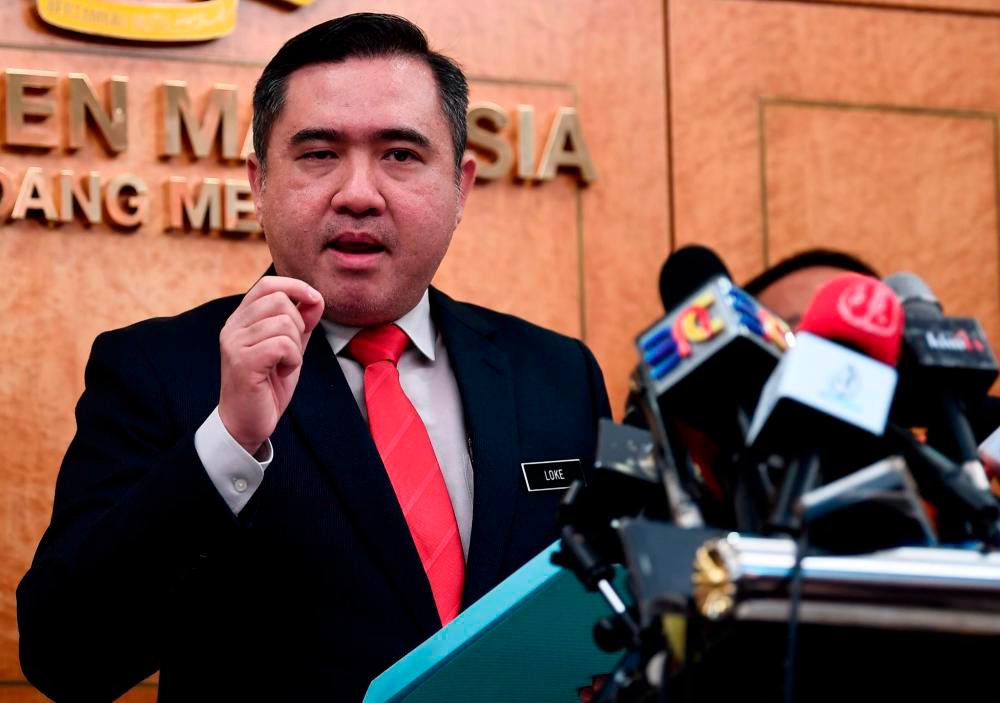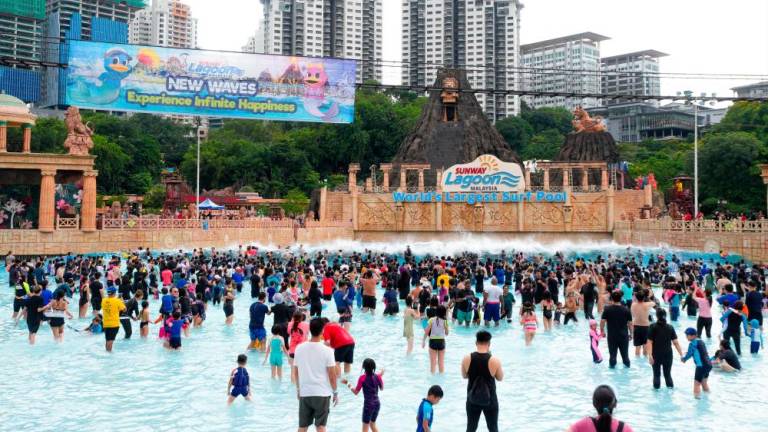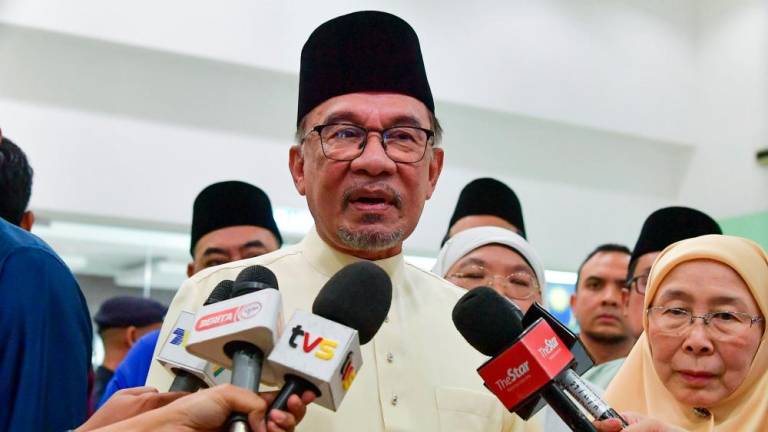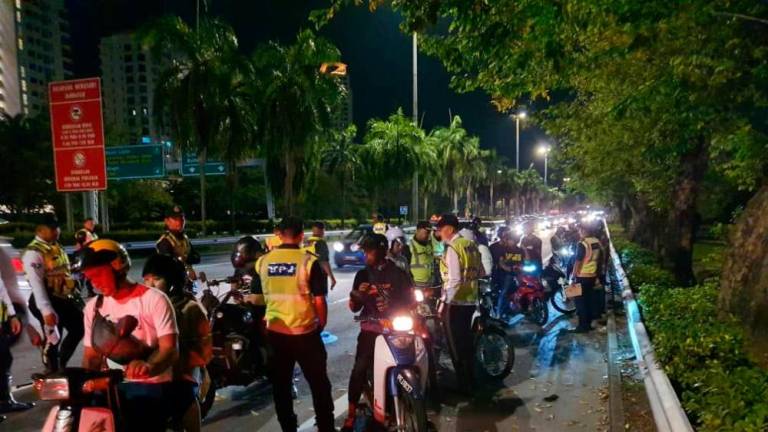KUALA LUMPUR: The daily ridership of the Putrajaya Mass Rapid Transit (MRT) is expected to hit about 200,000 within two years after the launch of its full operations next month, said Transport Minister Anthony Loke Siew Fook.
He said the Putrajaya MRT Phase Two line is now 99.9 per cent complete and should attract more public transport users when it begins service in the middle of next month.
“We hope it can hit a daily ridership of about 200,000 in one to two years. As in any MRT or LRT (Light Rail Transit) service, it will take time to reach a particular target.
“For MRT One too, we started the Kajang Line (MRT Kajang Route) with a low base but it has reached about 200,000 right now. It takes about two years to reach that,” he told a news conference at the Sungai Buloh MRT Depot near here today.
Loke said the Putrajaya MRT Line, which cost RM30.53 billion in terms of construction and systems installation, will cover 36 stations using 49 train sets operating at a frequency of five minutes each initially.
Earlier, Loke took a test ride on the Putrajaya MRT Route from Putrajaya Sentral to Kwasa Damansara, with a stop at the Titiwangsa station.
He said the ministry planned to expand the Titiwangsa station into a major transport hub connecting the monorail service, Ampang LRT Line, MRT2 (Putrajaya Route) and the proposed MRT3.
He said the site identified for the project belongs to MRT Corp, which is tasked with developing the project, including procurement and tender matters.
“Initially this (station expansion) was planned together with the construction of MRT3, but I told MRT Corp that probably we have to look at this and do it earlier, before the construction (of MRT3),“ he added.
Loke said the transport hub would be built on the site of the demolished Pekeliling Flats based on the Transit-Oriented Development (TOD) concept.
Loke said the opening of Putrajaya MRT Phase Two would make it easier for the public and patients to visit Hospital Kuala Lumpur as the station located next to the hospital is equipped with a 400-metre long walkalator.
He said 107 feeder buses would be provided to support the MRT2 service to encourage more people to travel on MRT.
The ministry is also looking into several approaches to improve the first and last mile connectivity, including introducing ride sharing with the cooperation of e-hailing companies to make fares cheaper.
Asked on the status of MRT3, Loke said the ministry was waiting for the project approval and tender awards from the Finance Ministry. - Bernama














